When we think about slow living, we often focus on habits and mindset. But creating a slow living environment — the spaces where you live, work, and rest — is just as important.
Your surroundings deeply influence your ability to live a slow, mindful life every day.
For example, a cluttered space can create hidden stress, while a calm and intentional environment naturally supports a slower, more fulfilling pace.
Today, let’s explore simple, practical ways to transform your home into a nurturing slow living environment.
Declutter for a Peaceful Slow Living Environment
A messy, crowded space doesn’t just make your home feel chaotic — it also impacts your mind in powerful ways.
Studies show that visual clutter can increase cortisol levels, the stress hormone, making you feel more anxious and overwhelmed even when you’re just sitting still.
When your surroundings are filled with piles of clothes, scattered papers, and unused items, your brain has to process all that extra information.
This constant low-level mental stimulation can leave you feeling drained, distracted, and uneasy without even realizing it.
Creating a peaceful slow living environment starts with intentionally clearing out what no longer serves you.
Decluttering doesn’t mean you need a perfectly minimalist home. It simply means creating spaces where your mind and body can truly rest.
If you have difficulty organizing your objects and even more so getting rid of them, I recommend that you read the already considered classic The Life-Changing Magic of Tidying Up, by Marie Kondo. The methodology presented by the author provokes a change in habits, in the way of thinking, more than a way of temporarily organizing your belongings. Check out this and other recommended books in the resources section.
When your space is clear and intentional, your mind naturally feels lighter too.
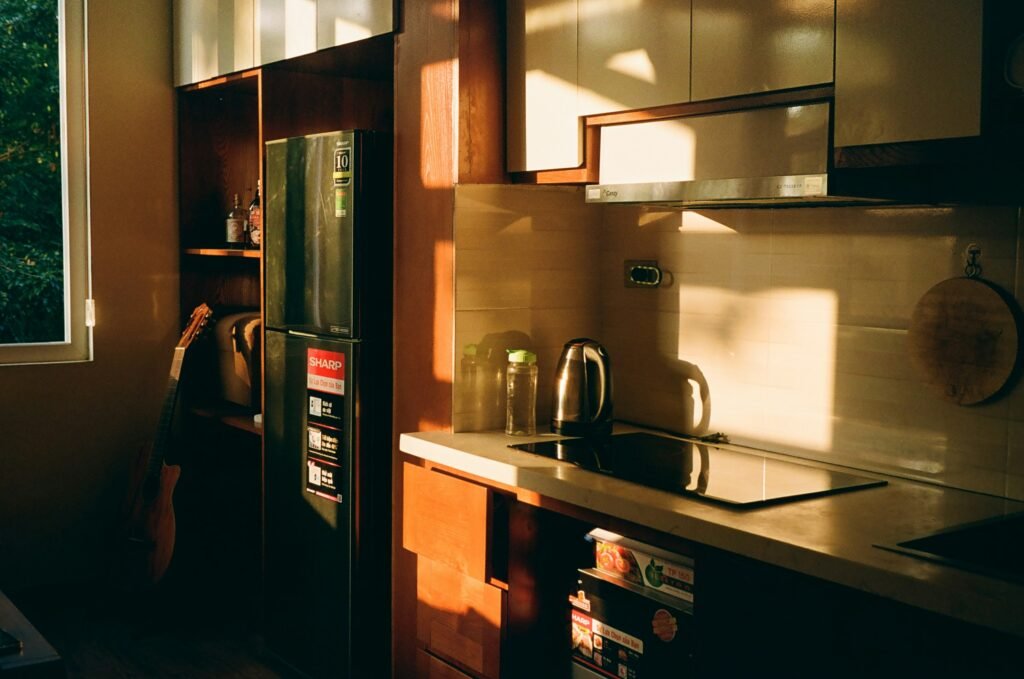
Bring Nature Into Your Home
ABringing elements of nature into your home is a key step toward creating a true slow living environment. Nature has an incredible ability to ground us, slow our racing thoughts, and reconnect us with what really matters — simplicity, beauty, and life itself.
In the rush of modern life, especially for those who spend hours each day in front of screens, it’s easy to feel disconnected from the natural world.
Incorporating natural materials like wood, cotton, linen, and living plants into your home helps bridge that gap, offering small but powerful reminders of life’s organic rhythms.
Plants, in particular, can be especially beneficial for those who work or study in digital environments.
According to a study published in the Journal of Physiological Anthropology, interacting with indoor plants — even simple activities like watering or caring for them — can reduce physiological and psychological stress.
Participants who engaged with plants showed lower heart rates and blood pressure, along with improved feelings of calmness and well-being compared to those who worked without natural elements around them.
Surrounding yourself with greenery creates moments of pause and wonder throughout your day.
A glance at a flourishing fern, the smell of a fresh herb growing on the windowsill, or the soft texture of a woven cotton blanket can subtly bring you back into the present moment — back into yourself.
By integrating nature into your space, you’re not just decorating — you’re creating daily opportunities to reconnect with the essence of slow living: noticing, appreciating, and nurturing what truly matters.
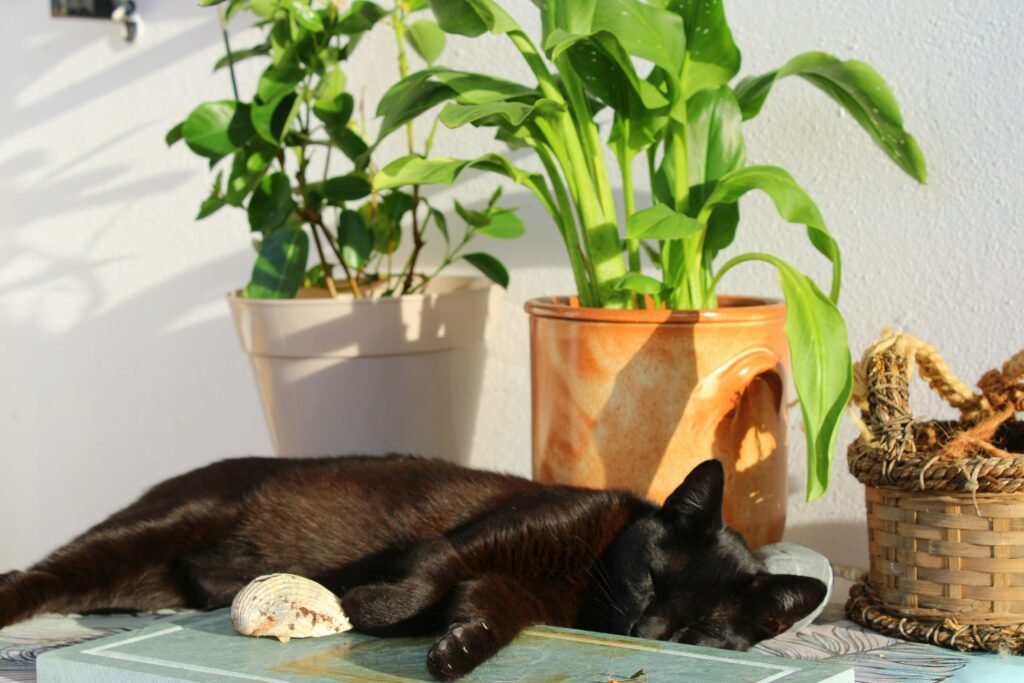
Design Spaces for Rest and Reflection
In a slow living environment, intentional spaces for pause are essential.
But redesigning your environment doesn’t mean you have to spend money or completely renovate your home.
Often, small, thoughtful adjustments are enough to cultivate a more peaceful atmosphere.
- Repositioning your furniture to invite more natural light, creating a cozy corner with a chair and a blanket, or clearing a small area dedicated solely to relaxation
- A meditation corner with soft lighting
- A small altar with candles and meaningful objects
The act of physically reshaping your surroundings, even in small ways, sends a strong internal message: you are prioritizing a slower, more intentional life.
This physical effort reinforces your commitment to yourself.
When you rearrange a room with care or carve out a dedicated space for journaling, meditation, or simply resting, you are not just changing the look of your home — you are reshaping your daily habits and the mindset that drives them.
Each time you sit in that newly created nook, you’re reminded that life doesn’t have to be rushed; it can be lived with presence and purpose.
Remember, slow living is not about achieving perfection. It’s about aligning your environment with your values, and making space — both physically and emotionally — for what truly matters.
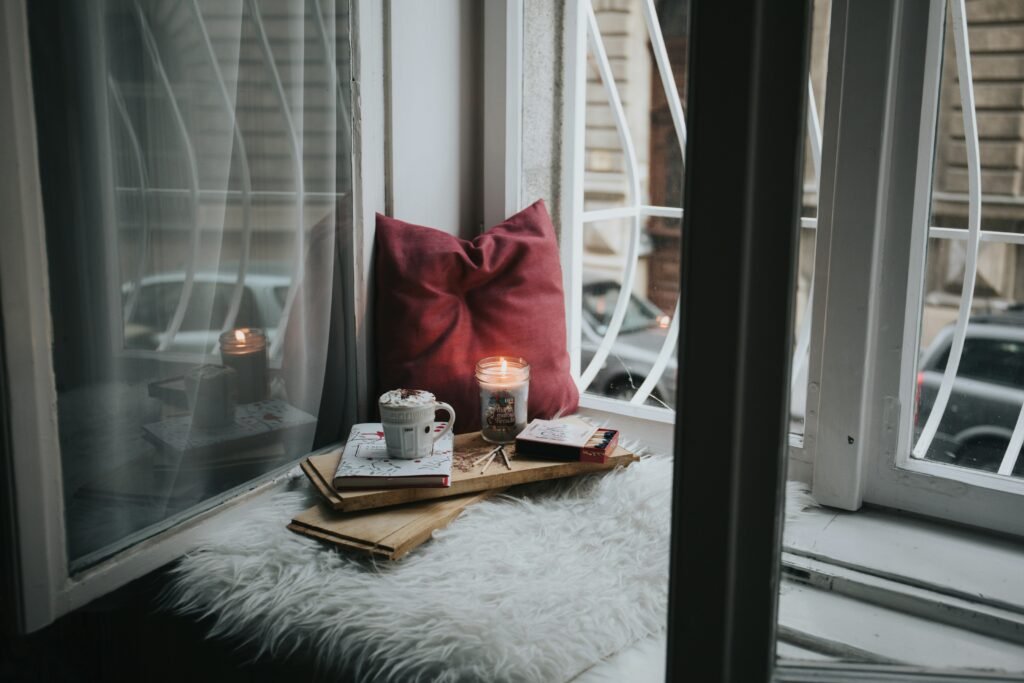
Organize Your Home to Support Slow Living Habits
Organization goes beyond simply tidying up — it’s about intentionally designing your home to support the habits that matter most to you. To truly embrace slow living, it’s important to sit down and reflect first:
What habits do you want to prioritize in your life?
Which routines help you feel more grounded and present?
Taking the time to plan before organizing makes your home a true ally in your slow living journey.
Think about how you can make positive habits more effortless — less “skippable” — in your daily routine.
For example, if you want to cultivate a habit of journaling, leave a notebook and pen easily accessible on a calm, inviting table. If you aim to cook more at home, organize your kitchen so your tools and ingredients are easy to reach and your workspace feels welcoming.
By intentionally setting up your space around the habits you value, you remove small barriers that often lead to procrastination or distraction.
Your environment starts to gently nudge you toward the life you want to live, making it easier to stay consistent even when motivation dips.
When your surroundings reflect your goals, the habits that nourish your well-being become the natural choice, rather than something you have to fight for every day.
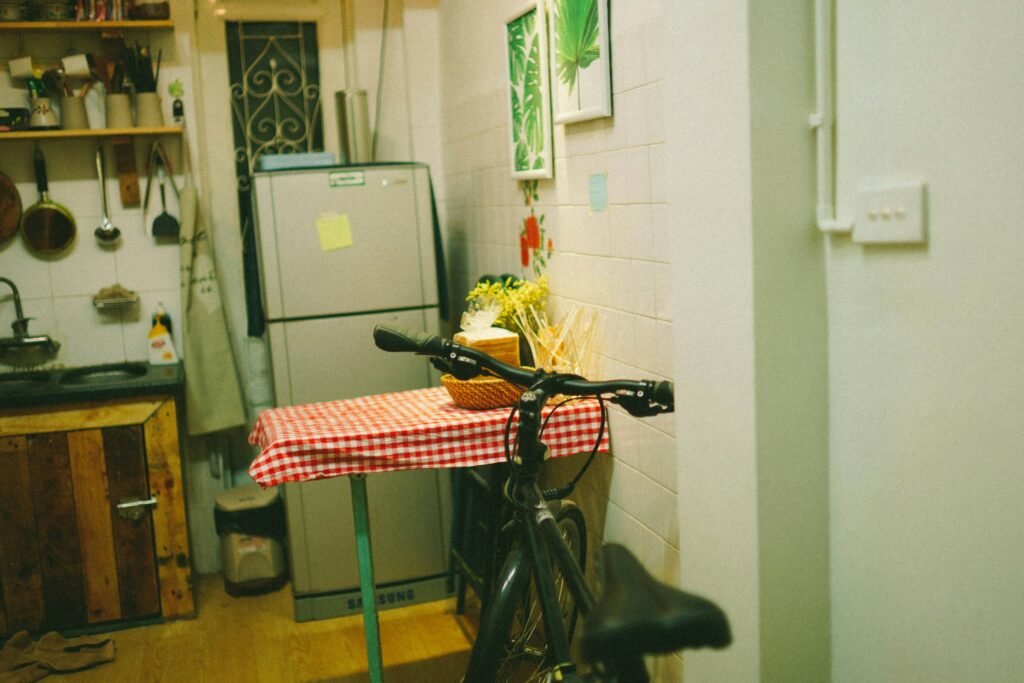
Conclusion: Transform Your Environment, Transform Your Life
Creating a slow living environment doesn’t require major renovations.
It’s about intentional, mindful choices that align your space with your slow living goals.
By transforming your surroundings, you set the foundation for a calmer, more grounded daily life — one that supports presence, gratitude, and authentic joy.
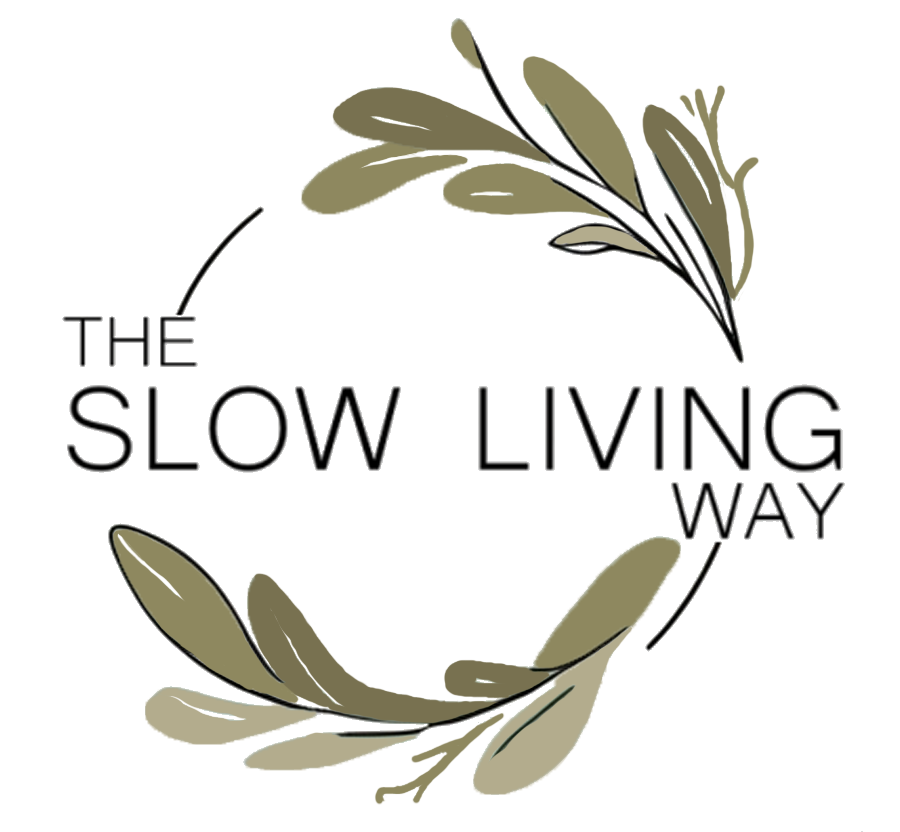
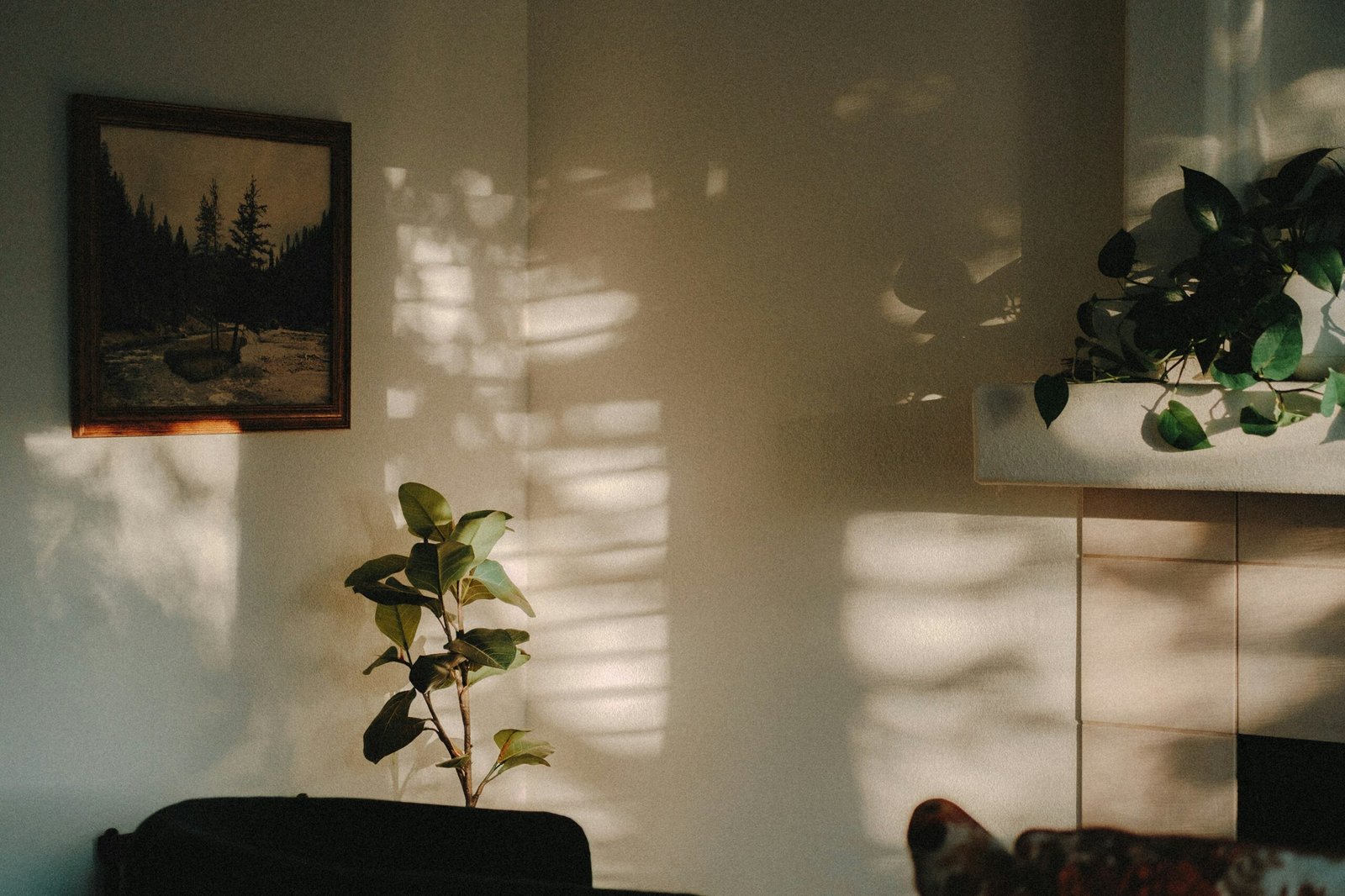
No responses yet